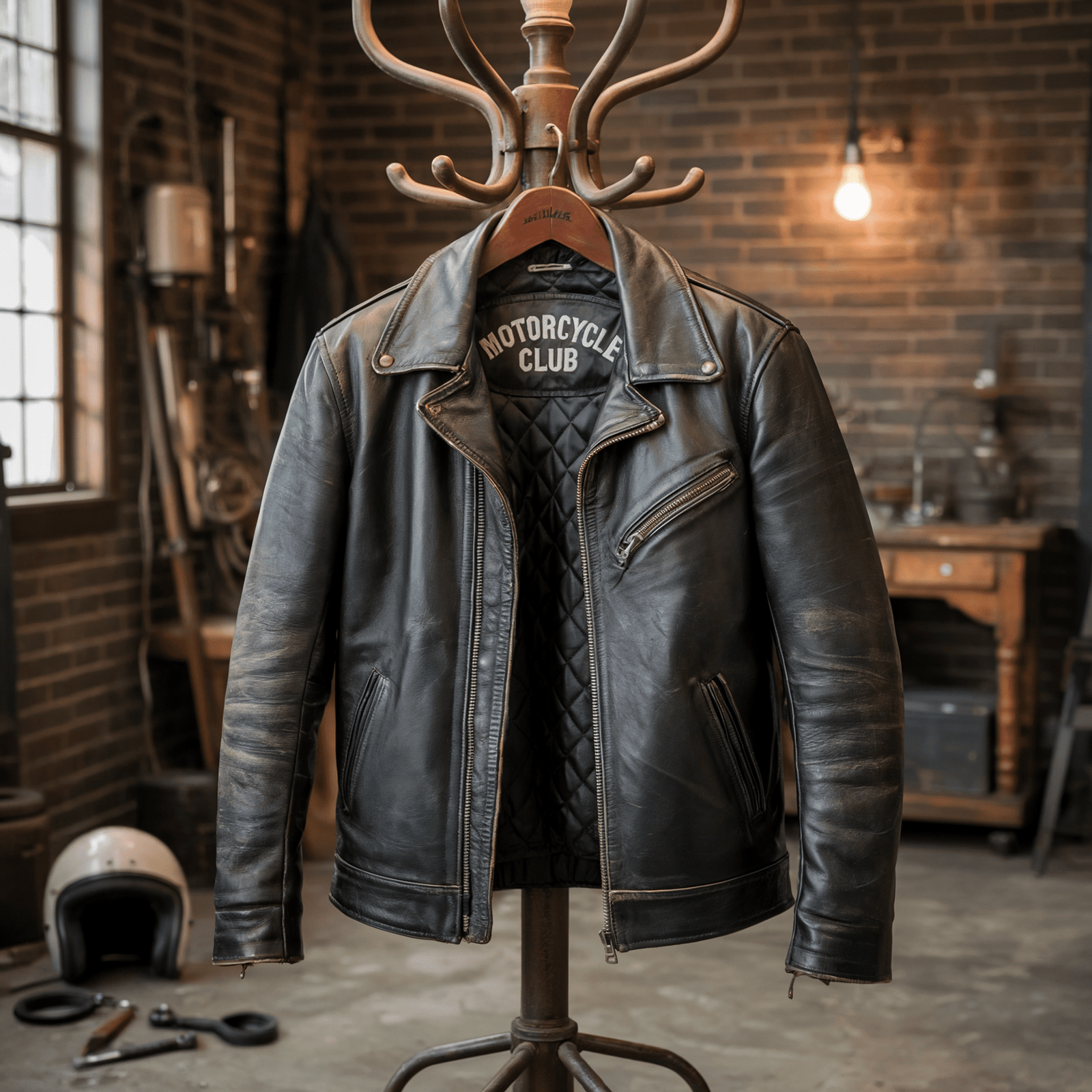Your Cart is Empty
BLACK FRIDAY SALE $25 OFF - USE COUPON BFRIDAY25 AT CHECKOUT NOW!
Menu

BLACK FRIDAY SALE $25 OFF - USE COUPON BFRIDAY25 AT CHECKOUT NOW!

Straight Size vs. Plus Size: Exploring Sizing Meanings and Differences in Fashion
by Jennifer Smith May 17, 2024 6 min read
Retail therapy is pleasurable for all of us, and we love to splurge on fashion and refresh our wardrobes. But, the fashion landscape becomes somewhat confusing when we come face to face with new terminologies.
As if keeping up with the ever evolving fashion industry standards and TikTok trends was not enough, (Tomato Girl, or Mob Wife, anyone?), we now need to update ourselves with the sizing terminologies, many of which feel synonymous. This seemingly simple task can leave even the most seasoned shopper feeling frustrated and confused.
Sizing labels have now gone beyond the small, medium, and large categories, thanks to size inclusivity and body positivity. A more accepting and appreciative environment is now fostered for all body types, and brands are adapting to the concept of size inclusivity at an accelerated rate. Leather Skin Shop is one such place to shop, where all-inclusive sizing is one of our top priorities.
In this blog post, we will help you understand terms like Straight Sizes, Plus Sizes, and Extended Sizes, delving into why these empower each of us to make informed style choices and stay on top of the fashion world trends.
What Is Straight Size?
Simply put, straight sizes are what we used to get before the concept of size inclusivity came into existence. It refers to the sizes small, medium, and large, which are sizes 6 till size 12 or 14 for some brands.
Although 67% of US women fall outside the traditional "straight size" range (according to Statista ), these sizes are still considered the standard sizes. Most clothing stores exclude this demographic by stocking only straight sizes in abundance.
What Do Extended Sizes Mean?
Expanding the straight-size spectrum (both up and down) gives us extended sizes. These size ranges cater to individuals who fall outside the standard S, M, and L sizes, either on the smaller, or larger end. XS, XXS, XL, and XXL are common extended sizes. Extended sizes smaller than the straight sizes are for people who wear petite sizes.
An important fact to consider while choosing extended sizes is that they are simply the straight clothing size pattern scaled up or down, and the hip-to-waist ratio remains similar for all. This is the main difference between extended and plus sizing, as plus sizes take into account varying hip-to-waist ratios.
What Are Plus Sizes?
A huge relief for women with curvier figures, plus sizes are designed considering different hip-to-waist ratios than straight sizes. The plus sizes start around size 14 or 16 and go up from there. Plus sizes are denoted by numbers with an X after them, such as 1X, 2X, and 3X.
As the proportions and body shape change as the size increases, plus size clothing is tailored with a different foundation pattern. When developing sample size clothing for the plus size range, a fit model helps designers adjust patterns to better suit fuller figures. A plus size leather jacket from Leather Skin Shop is one such paradigm of how clothing in this category should be designed.
The problem which plus sized people usually face is that brands do not stock these sizes in abundance as opposed to the straight sizes. Even worse, the styles that are available are unflattering, lacking the chic and trendy cuts commonly found in straight size clothing. It's high time brands take size inclusivity seriously and come up with available style solutions for every body type.
The Great Size Debate: Are XXL And 2XL The Same?
As XXL, 2XL, and 2X seem similar, people tend to believe these sizing labels are interchangeable. The fact is, that XXL and 2XL are the same, where XXL is simply a shorthand way of writing 2XL. However, XXL or 2XL sizes are not the same as 1X or 2X as the latter signify the plus size range.
While the numbers might appear similar, they cater to completely different body shapes and proportions.
Straight Sizes Vs Plus Size
According to general sizing guidelines, straight sized clothing ranges stop at 14, and anything larger than this falls under the plus size category. Discrepancies in sizes from different brands are another cause of confusion and frustration for customers.
Straight or standard sized clothes fit within the conventional range, while plus sized clothes are designed for plus size women and men who need sizes beyond the standard range. Plus sizes start at size 14 or 16 for women, or XL for men.
Plus size garments are specifically tailored to accommodate fuller figures, with additional room in the bust, waist, and hips. Conversely, straight sized clothing follows standard sizing ranges in the sizing charts. If we consider size inclusivity, both straight and plus sizes provide options for diverse body types.
Measuring Yourself And Reading The Size Range on Charts
There is one crucial step that you cannot ignore before picking a perfect sized garment for yourself: accurately measuring yourself. It might seem simple, but you must do it correctly. Ensuring a proper size makes a world of difference and helps you find clothes that fit you well, make you look gorgeous, and boost that inner confidence!
How to Measure Yourself Accurately
Here’s how to measure yourself and navigate size charts correctly.
Take a measuring tape or a flexible rule, and ask a friend to help you take proper measurements. Make sure you are wearing minimal clothing (no layers). Stand tall with your feet together. A relaxed posture will provide the most accurate representation of your body shape
To measure your bust, wrap the tape around the fullest part of your bust. Ensure the tape is snug, but not too tight. Measure your waist by locating the narrowest part of your torso. Wrap the tape around the waist, and note down the measurement.
After that, with the measuring tape wrapped around the fullest part of your hips, take the hip measurement. Take each measurement twice to ensure accuracy.
Referring to Sizing Charts
The core measurements needed to refer to a size chart are the chest (bust), hips, waist, and shoulders, but you need to take additional measurements for some clothing. For instance, desired length for dresses, coats and jackets, sleeve length, collar measurement, or inseam length for pants.
While buying any garment, refer to the size chart to see if any additional measurements are recommended for the same size that you usually opt for.
Size charts are there to guide you, but your comfort is the top priority. If a clothing item feels too tight, consider a size up for a better fit. Also, if your measurements fall between two sizes, always go for the larger size.
If you keep these instructions in mind, getting a perfectly fitted garment with the help of a size chart becomes a breeze. Accurately sized clothing will flatter your figure, elevate your style, and make you feel comfortable.
Size Inclusivity Embraced At Leather Skin Shop
Leather Skin Shop truly embraces size inclusivity with its range of men’s and women’s leather jackets in a variety of styles, available in straight as well as plus sizes. We believe that size and shape by no means should be a barrier between you and your love for fashion.
Unlike brands who claim to offer a wider range of sizes on paper, but only stock the straight sizes, Leather Skin Shop takes size inclusion seriously.
We ensure a wide selection of their stunning leather garments are available in extended and plus sizes, so you can find the perfect piece that celebrates your curves and makes you feel confident and stylish.
Not only does our ready to wear range have each product in a wide size range (from XXS to 5X), but you can also get plus size custom leather jackets. Our customized jackets are tailored according to your exact measurements, taking the worry off your shoulders to pick a size yourself.
Fashion Industry Transformation: Embracing Body Positivity
While the clothing sizes matter, how a piece of clothing makes you feel is even more important. Focus on finding garments that flatter your body, make you feel fabulous, and can be styled with less effort.
At Leather Skin Shop, we support the idea of size inclusion and offer a diverse range of sizes and styles for men and women, ensuring each of our customers finds the perfect piece for themselves without scratching their heads.
Fashion is for everyone, so even if you wear plus sizes, don’t hesitate to experiment with different styling options. Our guide on how to wear a plus size leather jacket might be a helpful read to understand how different clothing combinations can give you splendid outfits.
Leave a comment
Comments will be approved before showing up.
Also in Blog | Leather Skin Shop

Types of Sleeves in a Leather Jacket
by Jennifer Smith August 24, 2025 6 min read
The different types of sleeves shape the shoulder, control the movement, and change how the leather jacket looks in motion. There are various types of sleeves, such as cap sleeves, bell sleeves, raglan sleeves, and more.

How to Get Smell Out of Leather Jacket?
by Jennifer Smith August 08, 2025 4 min read
Over time, a leather jacket can smell like sweat, mildew, or smoke. But do not worry, there are safe, proven ways to get rid of those unpleasant smells at home.

What Is A Trench Coat
by Jennifer Smith August 02, 2025 6 min read
A trench coat is a long, lightweight outerwear piece designed to protect against wind and rain. Its defining features include a double-breasted front, a belted waist, wide lapels, and often epaulets and a storm flap.
Leather Jackets for Men
Leather Jackets for Women
Accessories for Men & Women
Recent Articles
- Types of Sleeves in a Leather Jacket
- How to Get Smell Out of Leather Jacket?
- What Is A Trench Coat
- What Is A Peacoat Jacket?
- What is Polyester Fabric?
- What is Satin Fabric?
- What is Shearling Leather?
- Varsity Jacket Or Letterman Jacket? Everything You Need To Know Before Buying
- What is Semi Aniline Leather?
- What Is Cotton Fabric?
Size Chart
